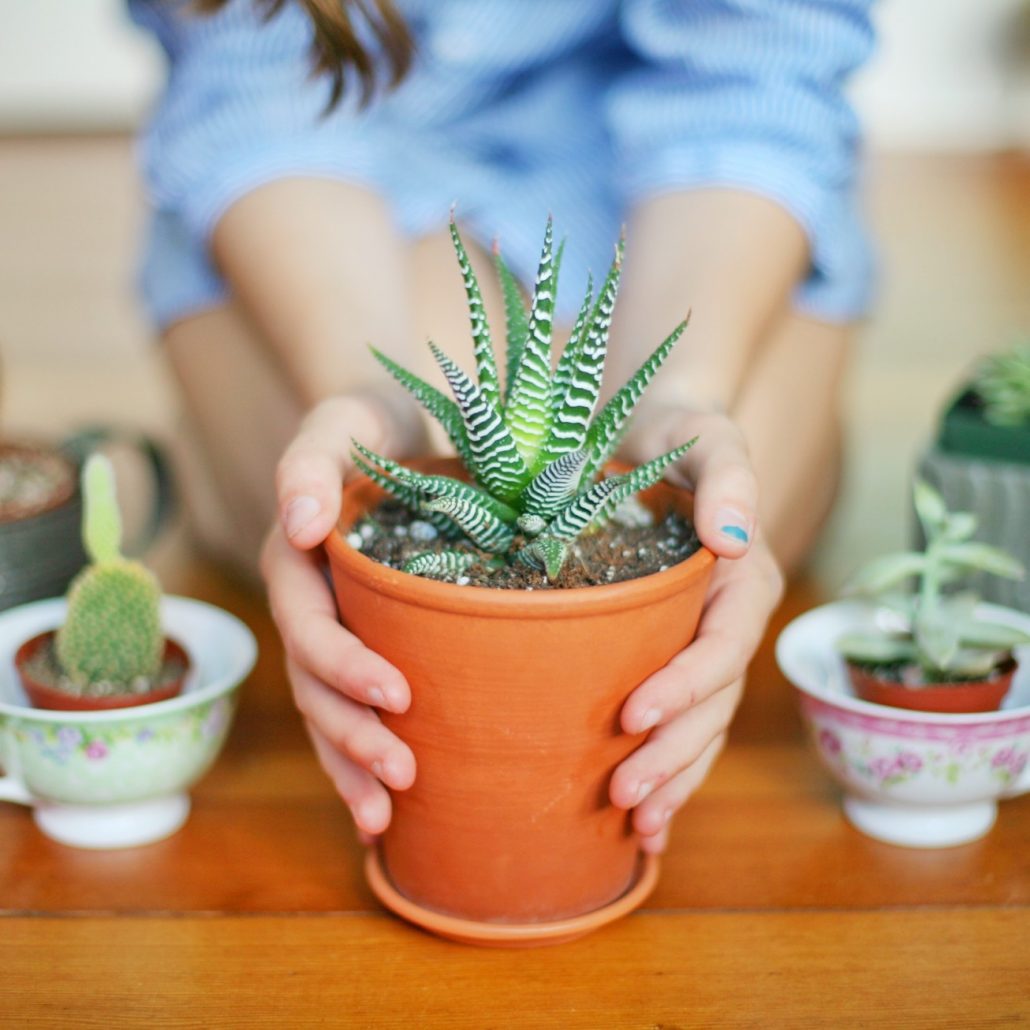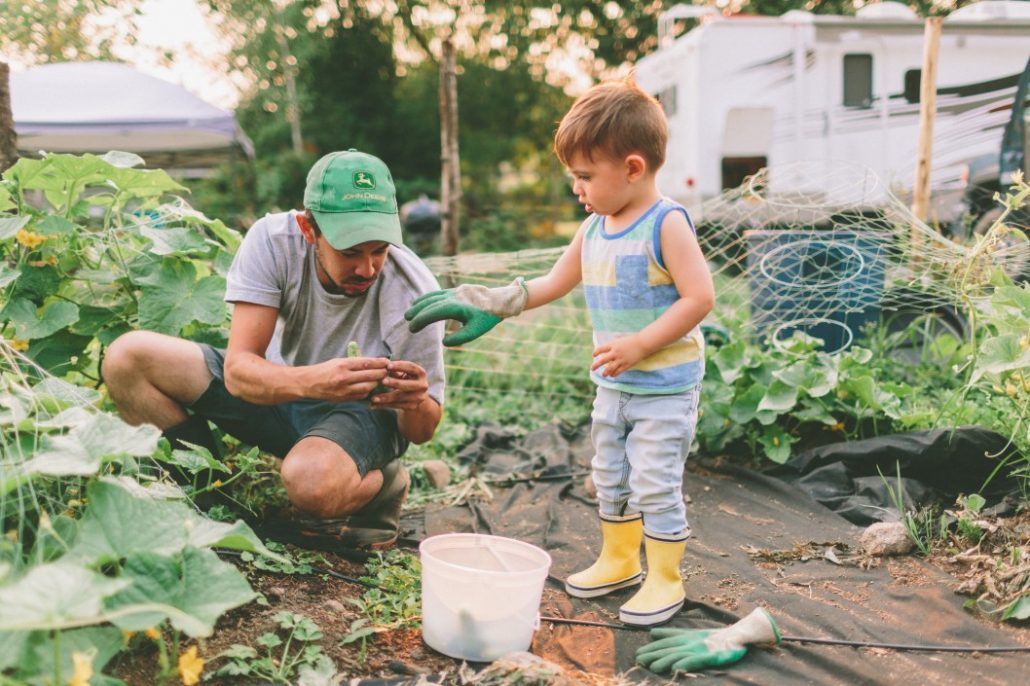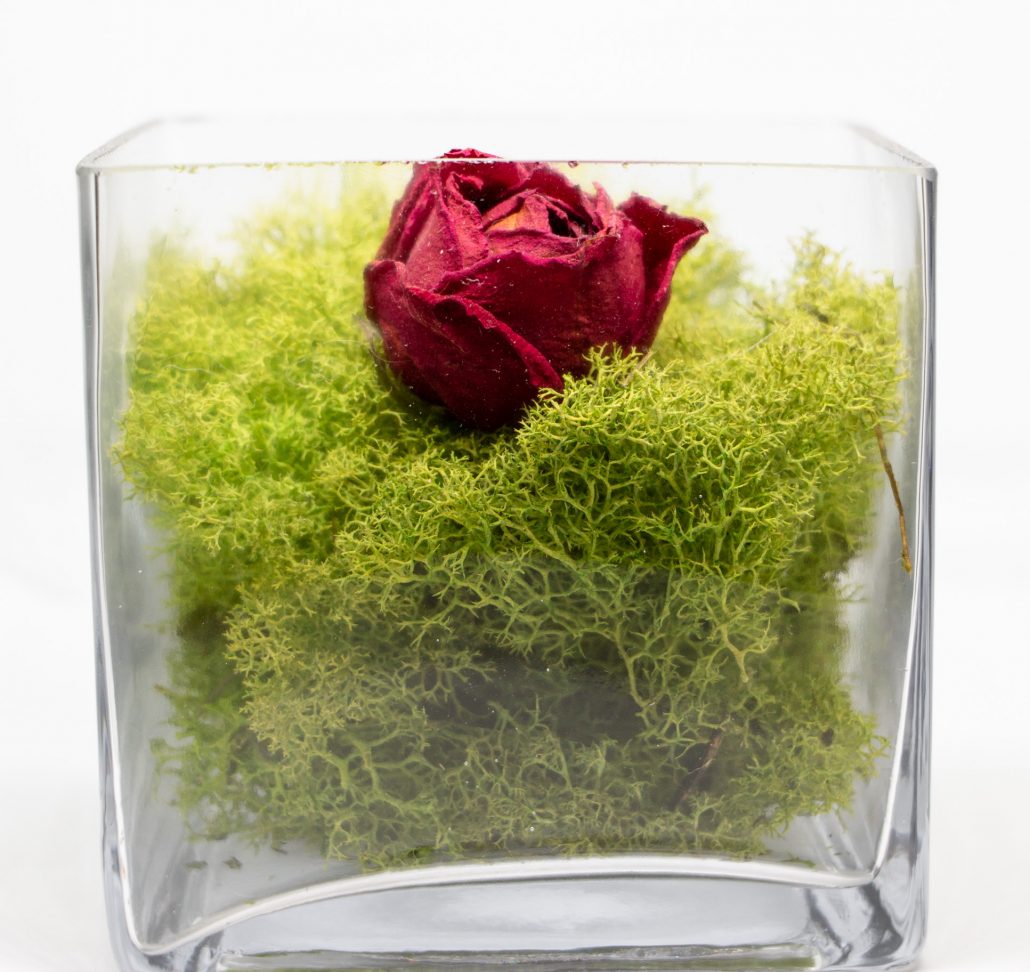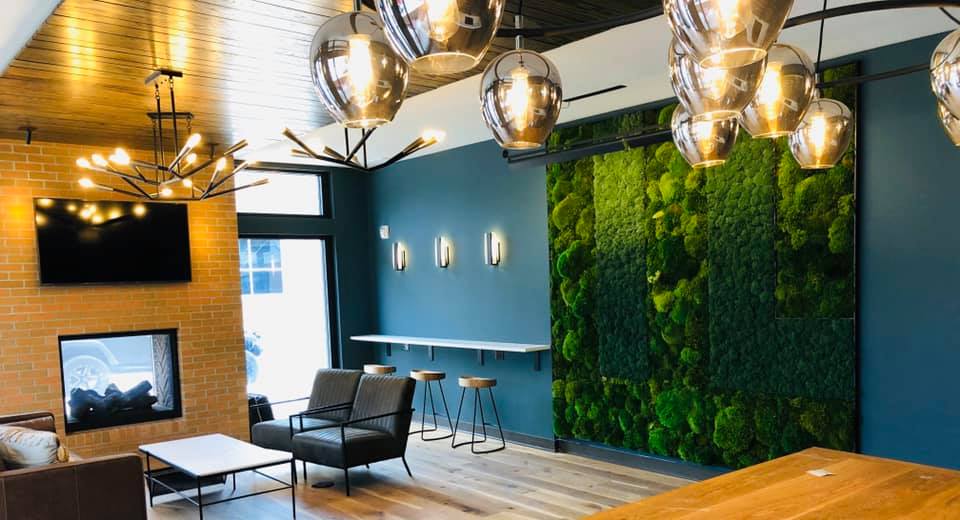Americans from coast to coast are embracing green in all its beautiful forms, especially since the outbreak of CO-VID 19.
Even prior to the desire and even need to grow our own vegetables (more on the revival of Victory Gardens below), the green revival was in full swing as far back as 2016.
Well before the global pandemic was official, Millennials were spending a great deal of their income on greens from succulents to monstera plants to fiddly figs.
It’s actually rather ironic since prior to 2020, the World Health Organization (WHO) had actually named stress as the “health epidemic of the 21st Century.” Plants and gardening of all types have long been touted as a reliever of stress but the surge really began in 2016 when scholars Masashi Soga,⁎ Kevin J. Gaston, and Yuichi Yamaura released their research paper “Gardening is beneficial for health: A meta-analysis.”
The research confirms that there is ample evidence that gardening has substantial health benefits but prior to this work, there had been no formal study and meta-analysis of the beneficial effects of gardening and other types of horticultural therapies.

To make this assertion, the team truly “went meta” and studied the studies that made assertions about health outcomes dating all the way back to 2001. Our math and science friends can dive deep into the research but the gist is that the team studied the studies that made assertions about say, the benefits of horticultural therapy on patients with clinical depression.
They conclude:
“With an increasing demand for reduction of health care costs worldwide, our findings have important policy implications. The results presented here suggest that gardening can improve physical, psychological, and social health, which can, from a long-term perspective, alleviate and prevent various health issues facing today’s society.
We, therefore, suggest that government and health organizations should consider gardening as a beneficial health intervention and encourage people to participate in regular exercise in gardens. To do so, policymakers need to increase people’s opportunity and motivation to engage with gardening activities. The former requires enough spaces where people can enjoy gardening, and the latter needs the various advantages of gardening to be made apparent to a broad audience.

Because gardens are accessible spaces for all kinds of people, including children, elderly people, and those with a disability, and relatively easily and quickly implemented in urban areas as a “land-sharing” strategy (Soga et al., 2015, Stott et al., 2015), we believe that such actions and policies would at the same time contribute greatly to redressing health inequalities.”
-”Gardening is beneficial for health: A meta-analysis” Published November 2016
Masashi Soga,a,⁎Kevin J. Gaston,b and Yuichi Yamaurac
These are some highly impactful (and almost prophetic) findings. It is these findings and the findings of others across the globe that piqued the interest of architects and designers who began to ask questions that had been asked before but merit asking again and again–in what environments and in what conditions are people happiest and at their most productive?
The answer: when they are surrounded by as much nature as possible.
And why has gardening (up to and including planter box gardening and herb gardens for apartment dwellers) seen such significant growth (pun intended)?
Because growing plants is good for you.
From living longer to family bonding to the anti-depressant microbes that are naturally present in the soil, gardening is good for you.
We’re going to run through additional data on the science behind why planting and growing are so good for you and provide simple tips for even the smallest of spaces in which and on which to grow.

We will start with this quote from Oliver Heath, Biophilic Designer out of the U.K., as quoted in the March 29, 2019 article by Mike Steere for CNN.
“More and more employees are considering the quality of environment they work in. They will be spending hours and hours of their life in there. Would you want to leave a lovely, light, natural office to work in an old, dark space?”
-Oliver Heath, CNN article “ Why nature could be a good investment”
We chuckle a little bit about the title of the article because we know from both research and our own experience that nature IS a good investment–be it in the workplace, the home, the assisted living facility, the hospital, or the school.
Regardless of where the plants and greenery end up, the trend is irrefutable:
“American gardeners spent a record $52.3 billion on lawn and garden retail sales last year, according to the 2019 National Gardening Survey. A quarter of that spending was attributed to 18- to 34-year-olds, whose spending on plants has grown at a higher rate than any other age group since 2014.

Houseplants can thank visually driven social media for their resurgence in popularity. Instagram, in particular, has become a haven for foliage fanatics.”
-Source: Why Millennials Are Suddenly So Obsessed With Houseplants
It’s much more than a social media fad.
Why? Our assumption had been that plants are authentic and that is the number one driver but as it turns out there is an additional and equally compelling reason:
“Plants can provide a greater sense of fulfillment and purpose.”
–Lily Ewing, Therapist and Mental Health Counselor in the Seattle area
Obviously, all of the recent data and growth in the plant and plant life industry has been and will continue to be greatly affected by CO-VID 19 and the significant changes taking place in our daily lives.
Simply getting outside and putting your hands in the dirt can be immensely soothing and healing as is having nature in the form of plants and sustainable moss designs in your home (and home office) so that nature is always in view.
Remember those Victory Gardens we mentioned at the top of this article? They have a rich and compelling history and the Farmer’s Almanac shares information about the history of Victory Gardens and the many benefits they provide to the individual as well as to the community.

So as we see more Victory Gardens popping up all over the Midwest and across the country and there are ample reasons to start yours or find which type of greenery suits your taste and need to nurture best.
In the meantime, we will stay hard at work helping growers and nurseries manage their planting and inventory in real-time so they can you can get your greens.
Sincerely,


